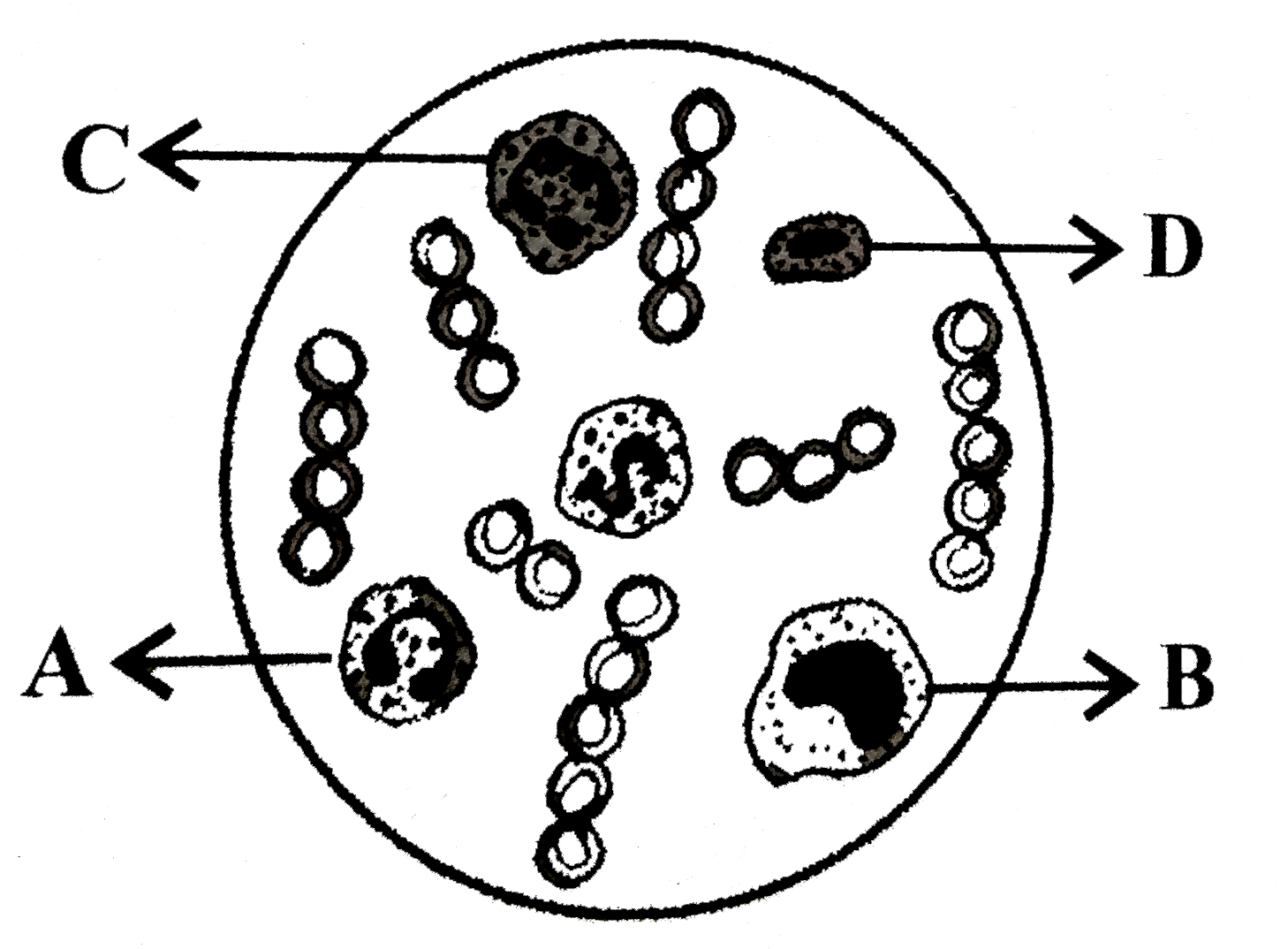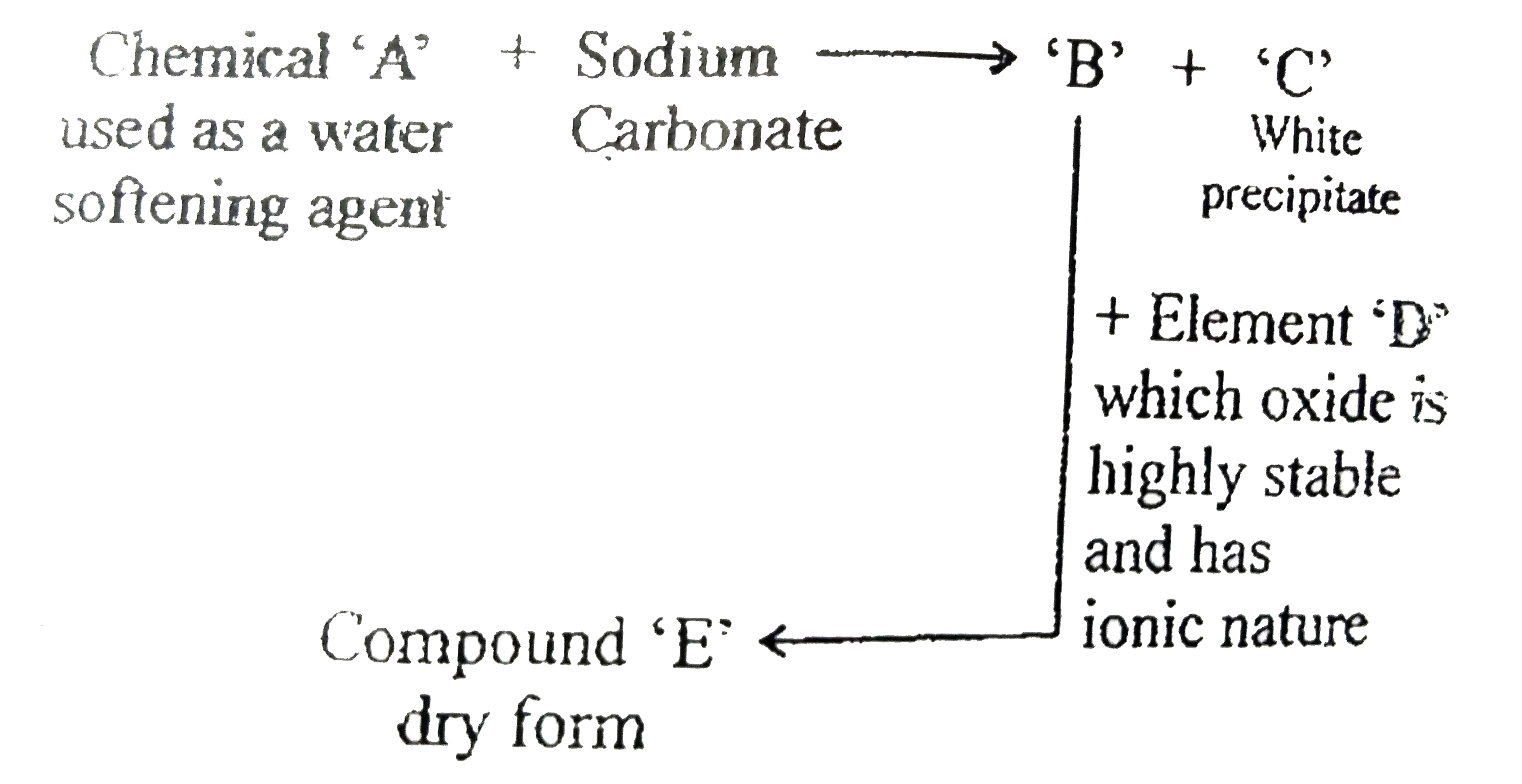Select the correct option regarding the properties of dioxygen?
A
Dioxygen never reacts with metals.
B
Dioxygen is diamagnetic in nature.
C
Combination of dioxygen with other elements is highly exothermic process.
D
Dioxygen liquefies at 55 K and freezes at 90 K.
Video Solution
Text Solution
The correct Answer is:C
|
Answer
Step by step video, text & image solution for Select the correct option regarding the properties of dioxygen? by Chemistry experts to help you in doubts & scoring excellent marks in Class 12 exams.
Updated on:21/07/2023Topper's Solved these Questions
- THE P-BLOCK ELEMENTS BOOK - NCERT FINGERTIPSCHAPTER - THE P-BLOCK ELEMENTS EXERCISE - Simple Oxides
2 Videos
- THE P-BLOCK ELEMENTS BOOK - NCERT FINGERTIPSCHAPTER - THE P-BLOCK ELEMENTS EXERCISE - Ozone
2 Videos
- THE P-BLOCK ELEMENTS BOOK - NCERT FINGERTIPSCHAPTER - THE P-BLOCK ELEMENTS EXERCISE - Group 16 Elements - The Oxygen Family
5 Videos
- THE D- AND F- BLOCK ELEMENTS BOOK - NCERT FINGERTIPSCHAPTER - THE D- AND F- BLOCK ELEMENTS EXERCISE - Assertion And Reason
15 Videos
- THE SOLID STATE BOOK - NCERT FINGERTIPSCHAPTER - THE SOLID STATE EXERCISE - Assertion And Reason
15 Videos
Similar Questions
Knowledge Check
Select the correct option regarding transpiration :-
ARate of transpiration ∝1Root shoot ratioBRate of transpiration ∝ Thickness of cuticleCRate of transpiration ∝1Atmospheric pressureDAntitranspirants are not useful in dry farmingSelect the correct option regarding the given figure
 AD is eosinophil which is found more in asthama patientsBB is lymphocyte which helps in blood clottingCC is neutrophil which is phagocytic in natureDA is monocyte which release histamine, serotonin and heparin
AD is eosinophil which is found more in asthama patientsBB is lymphocyte which helps in blood clottingCC is neutrophil which is phagocytic in natureDA is monocyte which release histamine, serotonin and heparinSelect the incorrect option regarding snakes.
AThey have thin muscles that are connected to each other.BThey are invertebrates.CDuring movement, the snake's body curves into many loops.DBackbone and ribs of snakes help them to move.
Select the correct option regarding collision.
View SolutionSelect the correct option regarding the ploidy level of different structures of an angiospermous ovule.
View SolutionSelect the incorrect option regarding the given figure

View SolutionSelect the correct option regarding a, b and c

View Solution
Select the correct option regarding above paragraph:
View Solution


